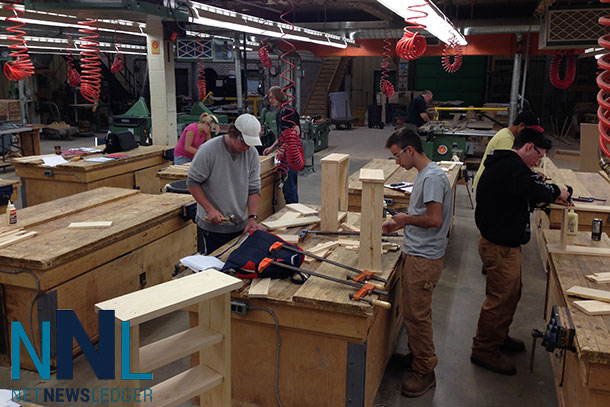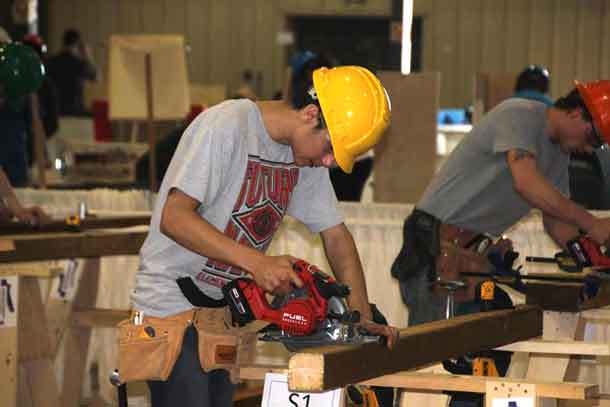
Canadians are retiring in unprecedented numbers and young couples are having fewer babies. Here’s how we can fill the workforce gaps
By Jock Finlayson
and Kristine St.-Laurent
Business Council of B.C.
VANCOUVER – BUSINESS – The latest Canadian census revealed three major population trends: we’re having fewer babies, progressively more baby boomers are transitioning into retirement and most people are living longer. Together, these trends point towards a population that’s greying faster than at any time in Canadian history.
Overall, it’s a good news story, as the evidence indicates that Canadians are generally enjoying longer and healthier lives.
However, the data also confirm that our economy and society will soon face mounting challenges in supporting the swelling ranks of people who are no longer in the workforce.
Young and educated
There is one demographic group, however, that remains relatively young: Indigenous peoples. Since 2006, this cohort has increased in size by a remarkable 43 percent, outstripping the growth of the non-Indigenous population by nearly four times.
In B.C., the figures broadly mirror the national picture: the province’s Indigenous population jumped by 38 percent in the past decade, while the non-Indigenous population expanded by roughly 13 percent.
Among Indigenous communities, population growth is being fuelled by higher fertility rates, greater life expectancy and an increase in the number of census respondents who self-identify as Indigenous – as First Nations, Inuit, Métis or a combination.
Of concern, the 2016 census highlights persistent socio-economic gaps between Indigenous and the rest of the population, including substandard housing conditions and rising numbers of Indigenous children in care.
However, there are also some positive trends – in particular, the emergence of a better-educated Indigenous population.
Growing Indigenous opportunity
B.C.’s Indigenous population is relatively young, with an average age of 33 compared to 42 for the non-Indigenous population. Even better, a growing proportion of Indigenous have some form of post-secondary education: a degree, a college credential or a trades certificate. Among Indigenous adults in B.C. between the ages of 25 and 64, close to half have a post-secondary qualification; among non-Indigenous under age 64, the share is about two-thirds.
Post-secondary attainment rates for trades certificates and college credentials are fairly close between Indigenous and non-Indigenous British Columbians. University credentials short of a completed bachelor’s degree are identical among the two groups. However, significant gaps remain in the completion of a bachelor’s degree or higher. Thirty percent of non-Indigenous in B.C. had a bachelor’s degree or more in 2016, compared to one in 10 Indigenous peoples.
Advancing reconciliation through work
Talent is the secret sauce in a knowledge-based economy. As the population grows older, every effort should be made to support the development and deepening of skills, and encourage labour force attachment among British Columbians spanning all demographic groups.
The Indigenous demographic – young, educated and expanding – is one source of talent that employers can tap. However, there are socio-economic barriers to success that must be addressed if more Indigenous peoples are to pursue the full array of opportunities in the economy.
The Business Council of B.C. is committed to achieving reconciliation and providing pathways to boost the economic participation of Indigenous peoples. Developing local Indigenous talent is an opportunity for employers to help meet the need for labour, while also improving the overall well-being of Indigenous communities.
In September 2016, the B.C. Assembly of First Nations (BCAFN) and the Business Council of B.C. signed a memorandum of understanding committing both organizations to collaborate and build the province’s economy, while narrowing (and eventually eliminating) socio-economic gaps between Indigenous and non-Indigenous peoples.
With the support of Vancouver Island University, the council and the BCAFN have also launched the Indigenous Intern Leadership Program. This program, which includes a two-year paid internship with a B.C. employer, is designed to provide recent graduates with work-integrated learning experience and nurture the development of future business and community leaders.
A fast-growing Indigenous cohort is a significant source of talent and skills in a province where the population is aging and labour force growth rates will soon be dipping close to zero. Employers should be taking steps to leverage the advantages inherent in B.C.’s youngest demographic group, while also contributing to the long-term goal of reconciliation with Indigenous peoples.
Please read more about the Indigenous Intern Leadership Program at https://career.viu.ca/Intern/home.htm
Jock Finlayson is executive vice-president of the Business Council of British Columbia. Kristine St.-Laurent is a senior policy analyst at the BCBC.
© Troy Media
The views, opinions, and positions expressed by all columnists and contributors are the author’s alone. They do not inherently or expressly reflect the views, opinions and/or positions of NetNewsLedger.



